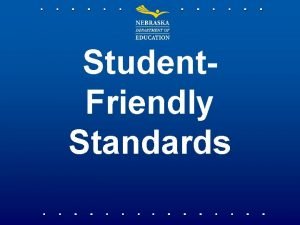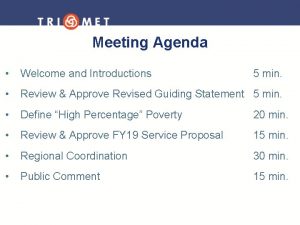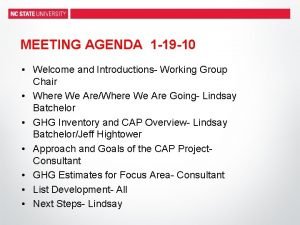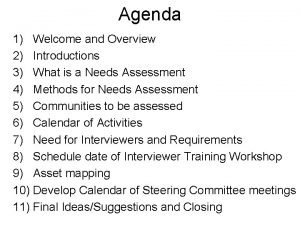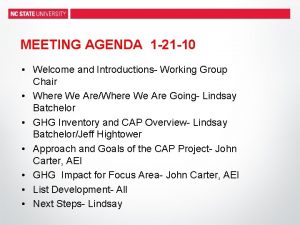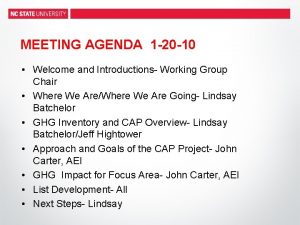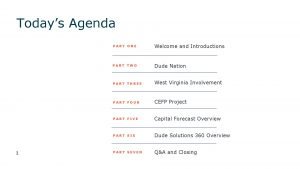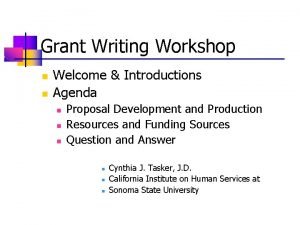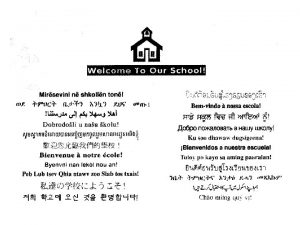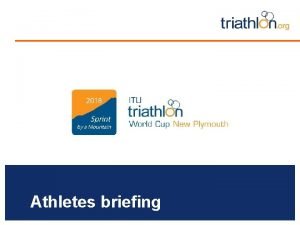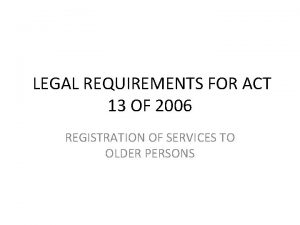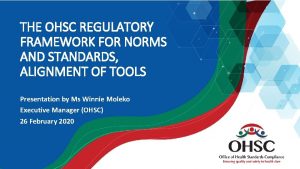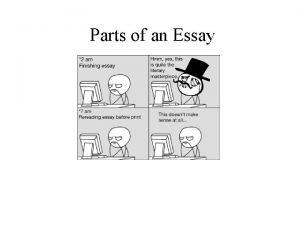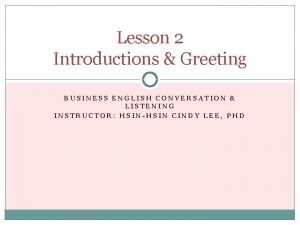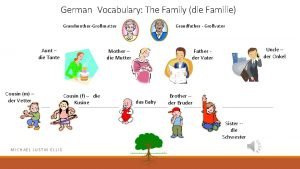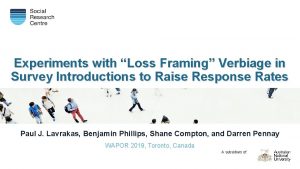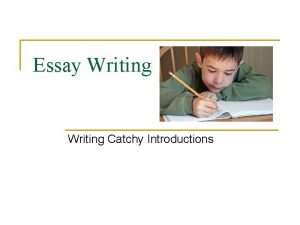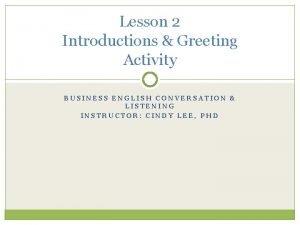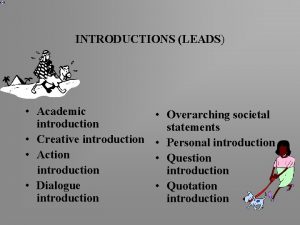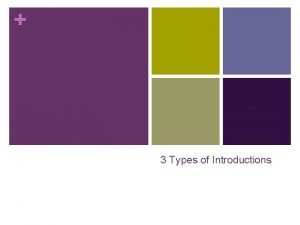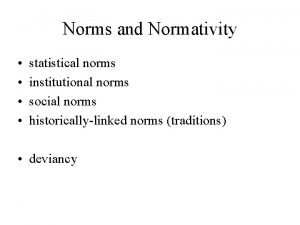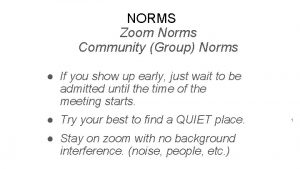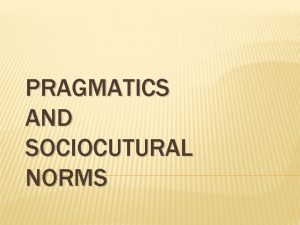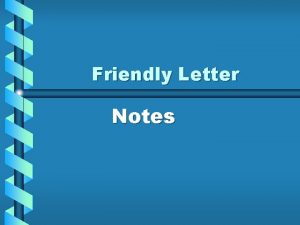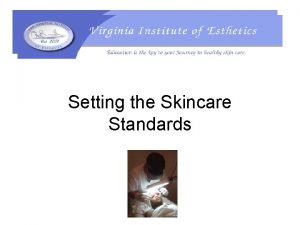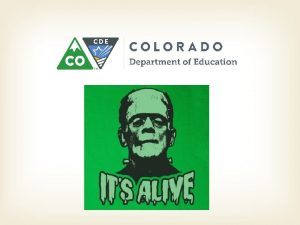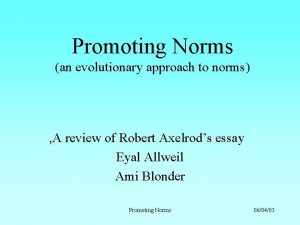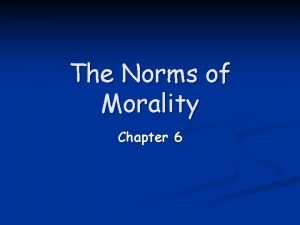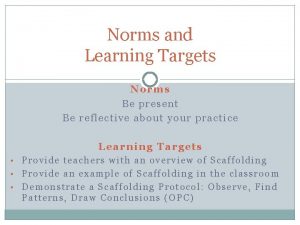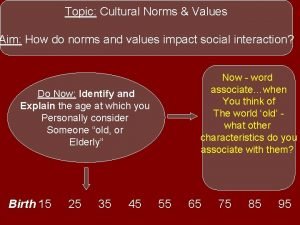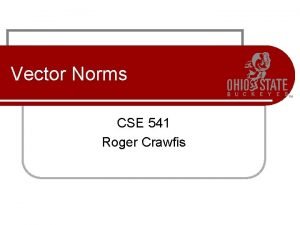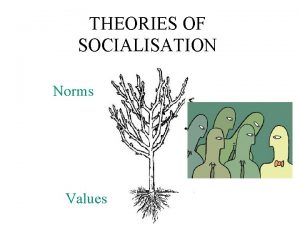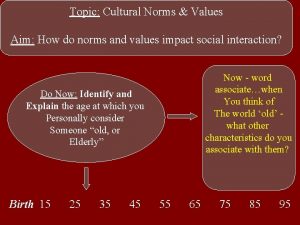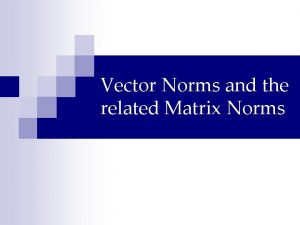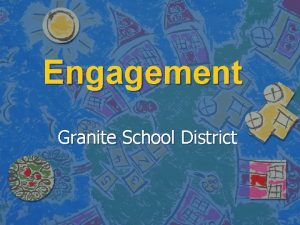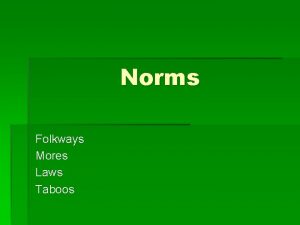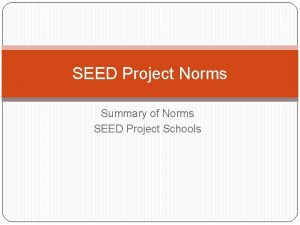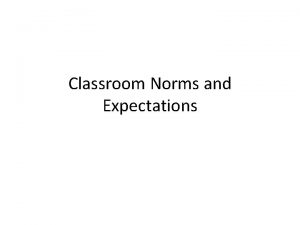Student Friendly Standards Welcome Introductions Setting of Norms

























- Slides: 25

Student. Friendly Standards

Welcome! • Introductions • Setting of Norms and Purpose – Phones on silent or vibrate, please – When working in groups, please consider all opinions before moving forward – Please take breaks as needed if we haven’t declared an official break

Student-Friendly Standards • Process began in March, 2011 as an outgrowth from the Nebraska Literacy Plan • Aligned to the NE Language Arts Standards • K-12 for all standards and indicators

Why Use Student Friendly Standards? • Increase motivation and engagement • Better define learning targets (Marzano and Stiggins) • Help students set clear, achievable goals • Better define standards for families

How do the Student-Friendly Standards relate to the Nebraska Literacy Plan? • They fit into 4 areas of the model: Standards. Aligned Curriculum (Pre-K– 12) Universal Instructiona l Design Principles High. Quality, Balanced System of Assessmen ts Family, Community, and School Collaboratio n

Why Write Student-Friendly Standards? D. Royce Sadler stressed in his foundational model of learning that in order for students to be successful they must monitor their own learning. But in order to do that, they must: –Possess a concept of the standard (or goal) –Be able to compare their current level of performance to the standard –Engage in appropriate action with leads to some closure of the gap (Sadler, 1989)

Classrooms where students understand the learning outcomes for daily lessons see performance rates 20 percent higher than those where learning outcomes are unclear. Marzano, 2003

Additional Incentives: • They provide scaffolding, not just for the learning of content, but for the learning of how to learn. • Teachers assume the role of facilitator and guide while teaching students to evaluate their own progress. • They also encourage students to grow their self-esteem and self-efficacy by taking responsibility for their learning. .

This is not a removal of the teacher from the evaluation process… rather, it is the inclusion of the student in their own learning and assessment in order to boost student achievement.

5 Critical Features of Formative Assessment for Students and Teachers (FAST) State Collaborative on Assessment and Student Standards (SCASS) • In addition, the FAST SCASS identified five critical features intended to guide educators toward an effective use of formative assessment: – – – learning progressions learning goals and success criteria descriptive feedback self- and peer-assessment collaboration (CCSSO, 2010)

Rick Stiggins on Writing Student-Friendly Standards Writing student-friendly learning targets simply involves beginning each target with an approachable phrase like “I can” or “I am learning to, ” defining uncommon words in an age‐appropriate way, and including an action that can be observed. (Stiggins et al. , 2006)

How Can Student-Friendly Standards Be Used? • To help students understand their learning goals • To help parents understand what we expect of their students • To help us sharpen our focus when designing learning activities and progressions

What Applications Might They Have? • Use in gathering evidence for portfolios • Use for student-led conferences to help parents understand not just what students are learning, but to what depth they are learning it • To help with assessment and grading (standards-based grading) • To prepare for assessment

Samples from School Districts Nationwide

Modesto Public Schools, CA

Parkside, IL

Travis USD, CA

Samples of the Nebraska Student -Friendly Standards





“There are no magic bullets…only magic BBs. But, if you give magic BBs to teachers who want to hone their craft, great things can happen. "” -Dr. Robert Marzano

For More Information: Tricia Parker Director of Language Arts Education (402)471 -4336 tricia. parker@nebraska. go v http: //www. education. ne. gov/read/Student. Friendly. Stan dards/Student. Friendly. Standards. Main. html

 Student friendly standards
Student friendly standards Meeting agenda welcome and introductions
Meeting agenda welcome and introductions Agenda welcome and introductions
Agenda welcome and introductions Agenda welcome and introductions
Agenda welcome and introductions Meeting agenda welcome and introductions
Meeting agenda welcome and introductions Agenda welcome and introductions
Agenda welcome and introductions Agenda welcome and introductions
Agenda welcome and introductions Meeting agenda welcome and introductions
Meeting agenda welcome and introductions Agenda welcome and introductions
Agenda welcome and introductions Agenda welcome and introductions
Agenda welcome and introductions Agenda for parent orientation
Agenda for parent orientation Agenda welcome and introductions
Agenda welcome and introductions Agenda welcome and introductions
Agenda welcome and introductions Dq98 form
Dq98 form Ohsc annual returns
Ohsc annual returns Wise men three clever are we
Wise men three clever are we Grabber for an essay
Grabber for an essay Greeting and introduction conversation in english
Greeting and introduction conversation in english Persuasive speech example gcse
Persuasive speech example gcse German family vocabulary
German family vocabulary Examples of survey introductions
Examples of survey introductions Catchy introductions
Catchy introductions English business conversation
English business conversation Creative introduction examples
Creative introduction examples Types of introductions
Types of introductions Greetings and introductions
Greetings and introductions
